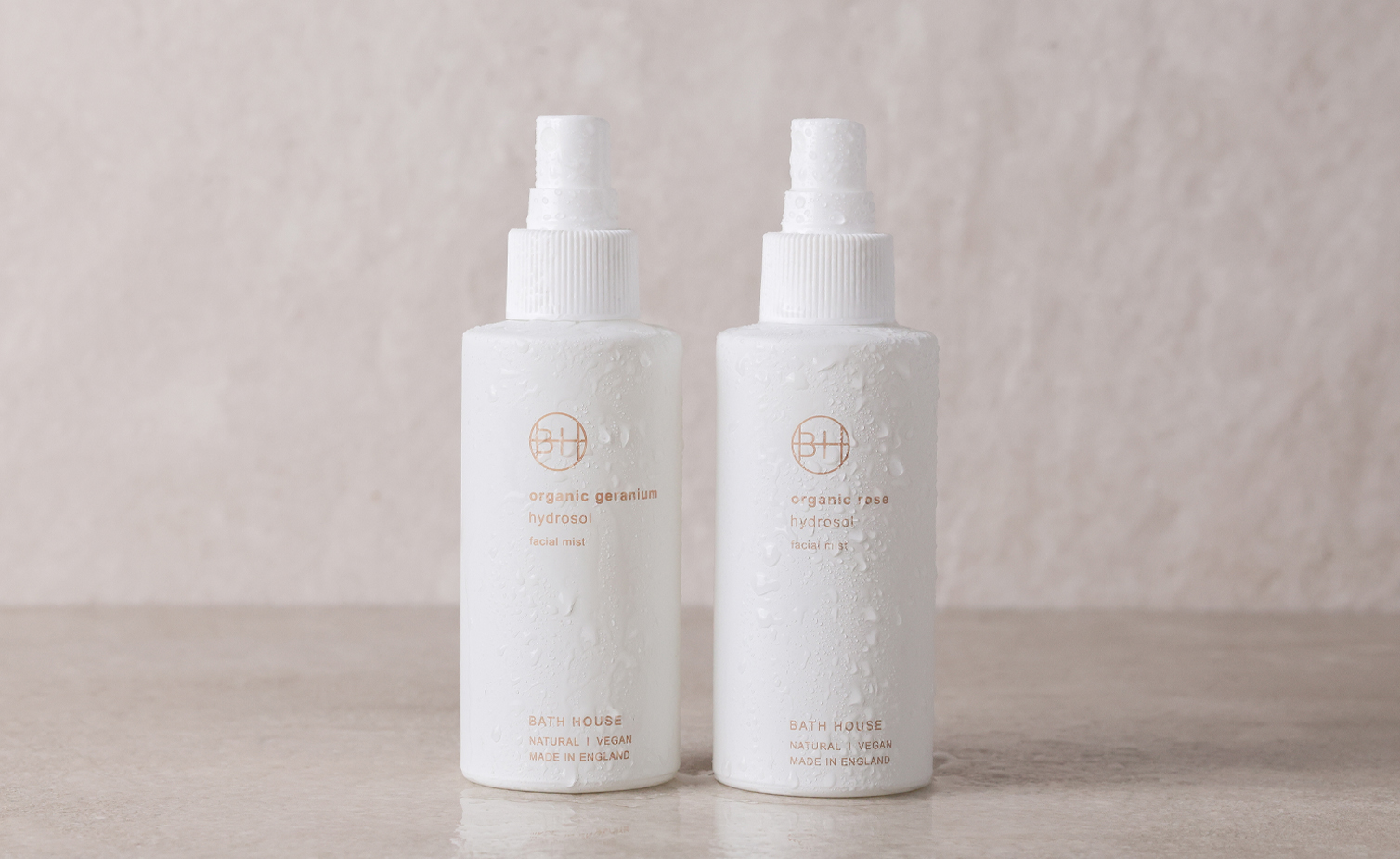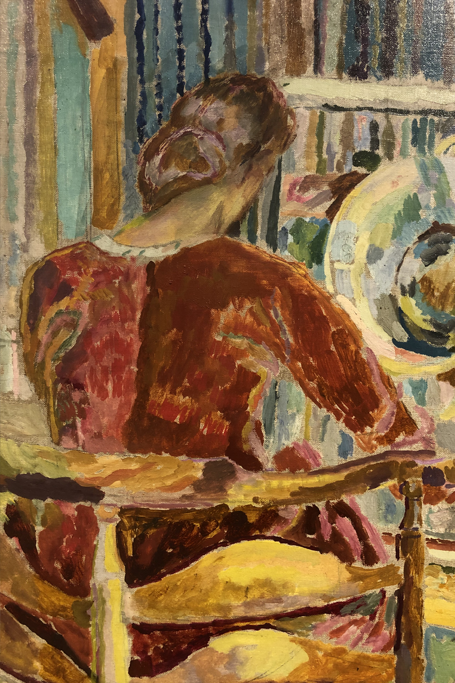
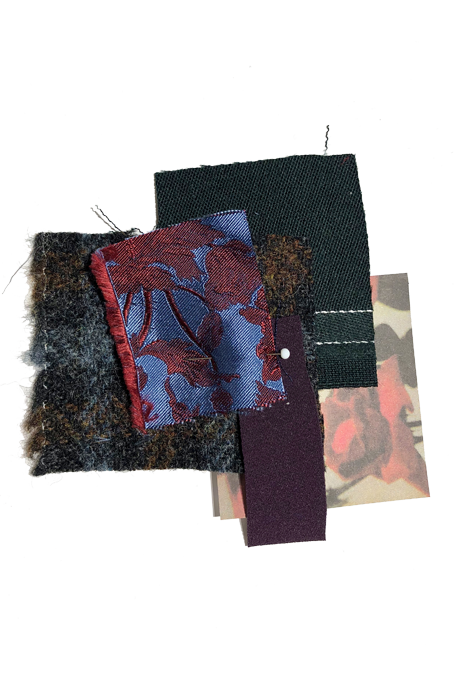
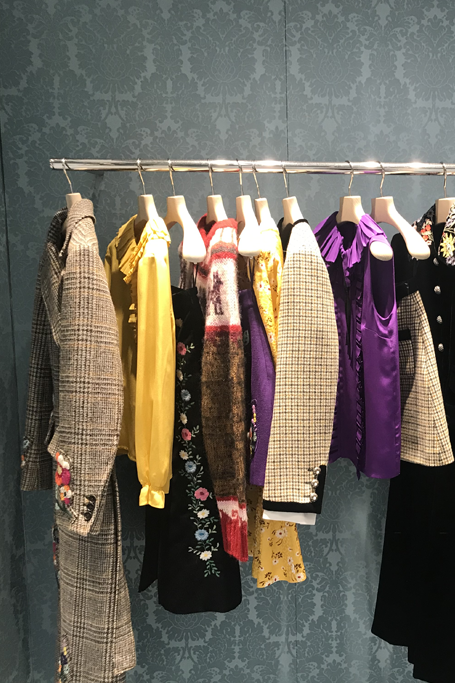

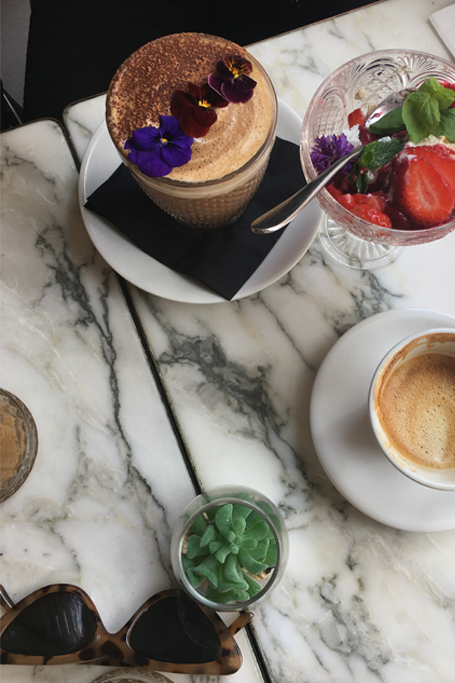
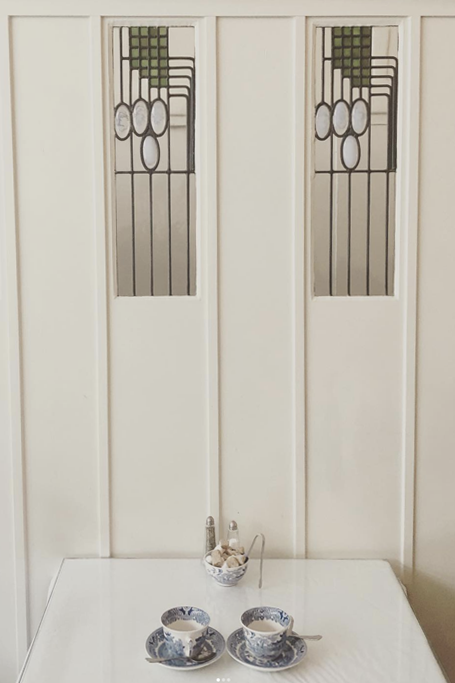






Looking at your notes, see if certain colours, textures, or places stand out. Many fragrance descriptions use similar words – rich, velvety, fresh cotton, suede, woody, sunshine, timeless, contemporary and so on. Use these clues to further narrow your search: if your loved one likes dark red velvet, they might prefer a deeper, more traditional (aka Damask) rose fragrance, whereas if they’re drawn to blush pink tones, they’re likely to prefer a gentler Rose de Mai (aka May Rose / Centifolia) rose scent. If they like dark red velvet, rock music and exotic holidays, they might enjoy a rose with leather and spice, but if they prefer classical and vintage styles they might like a rose scent with a woody base. It takes practice, of course (and your Bath House beauty advisor will be able to help if you get stuck), but thinking of matching a scent to someone’s personality really helps you ‘see’ their character more clearly in fragrant form.
If you happen to know a fragrance they already like, of course you can get them another one, or a matching bodycare product or something similar, but where’s the thoughtfulness and surprise in that? Also, don’t forget that many of us become stuck in a bit of a scent rut – using the same old thing even if it no longer “sparks joy”. The very best gifts are those that make us feel seen, understood, and truly loved. Why not also write a ‘character portrait’ for yourself, and see which scent it next leads you to?

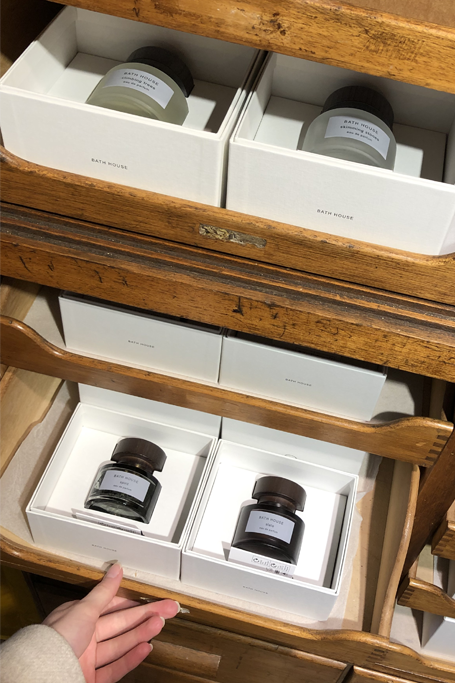
Bath House fragrances have been grouped in to fragrance families, these are a great way to narrow down your search. They have been loosely grouped into different olfactory families with similar identifying characteristics which may help to identify and distinguish them, narrowing your choices so you can quickly find the style scent of choice.
Chypre
A perfume accord with a complex subtle aromatic nature. Warm, sophisticated and elegant, characterised by notes of citrus, bergamot and labdanum, mixed with powder, wood, earthy moss, musk and leather. Chypre perfumes may also be enriched with the dryness of autumn fruits.
Citrus
Uplifting, revitalising and fresh scents created with zesty top notes of lemon, lime and bergamot. This group of fragrances may also be sweet and juicy in character such as orange and nectarine or have bitter and yet refreshing nuances as is found in grapefruit.
Floral
Powerful and sensual. Inspiration for these perfumes is taken from a bouquet of several floral notes such as orchid, tuberose, peony, rose and carnation. They blend effortlessly with the warmth of precious woods, gourmand, spice notes, musk and amber.
Floral Fresh
Subtle and sophisticated, often aromatic with herbal ‘green’ notes such as lavender, geranium and rosemary. Perfume flower notes are also fresh, clean and uplifting like jasmine and muguet or incredibly romantic such as rose, peony and lily.
Fruits
The scent of fruit creates powerful, rich and uplifting fragrances. They may be sweet, dry or bitter and are often blended with floral, woody or gourmand notes to enhance their subtlety. Fruit notes include blackberry, raspberry and pomegranate, crisp apple and rhubarb, juicy fig, red fruits and dry juniper berry.
Warm Sensual
These exotic and often spicy fragrant notes, when blended, carefully create perfumes that are soft, warm and seductive to wear. They include scented notes which may be sublimely subtle such as cardamom and leather or extraordinarily powerful such as ginger, pepper, tobacco and patchouli.
Woods
Scent often associated with woody fragrances such as sandalwood, cedar, amber, oudh, birch and vetiver may be warm, dry or smoky, producing a sensual classic aroma that will linger on the skin. Fresher, contemporary notes can also be found in resinous woods, blond wood, fir and pine.
Written by award-winning fragrance journalist Suzy Nightingale.



